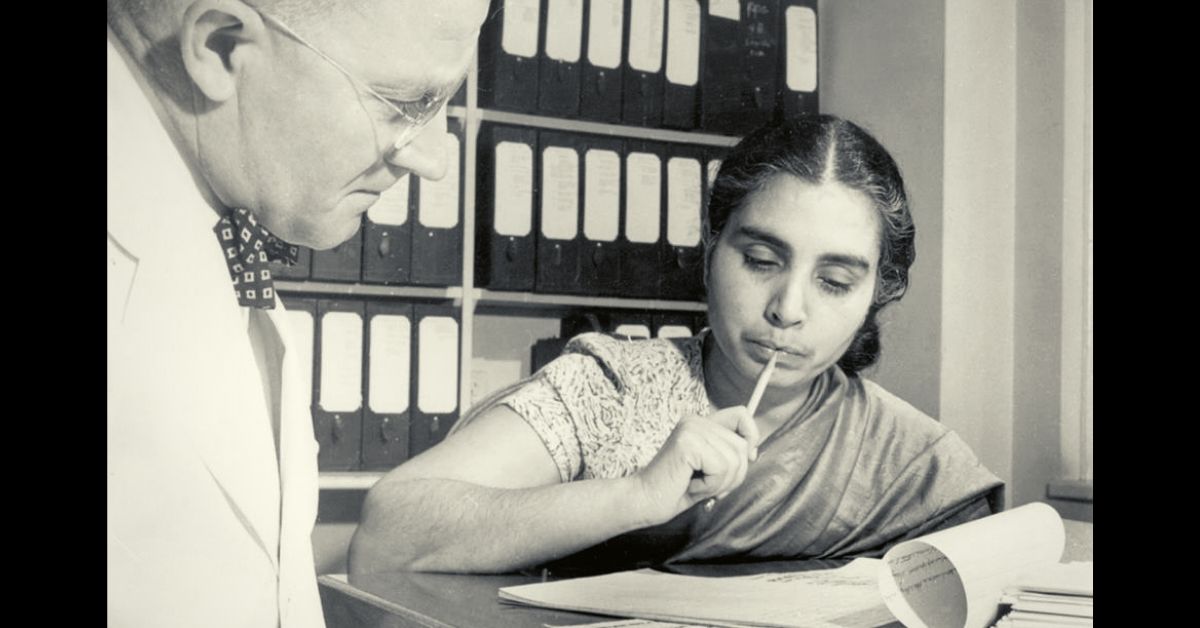
USAID, born in 1961, is no more.
Its fate was sealed by President Trump, one of the many sweeping decisions he made soon after ascending to power.
Why should this news bother MGIMS or Sevagram?
MGIMS was born in 1969, but without USAID’s help, it might have perished in infancy—struggling to survive, gasping for resources, and fading away before it could make its mark.
When the Mahatma Gandhi Institute of Medical Sciences was born in 1969, it had the blessings of the state and central governments. They brought money to the table—but that was just the beginning.
Dr. Sushila Nayar, the visionary behind MGIMS, had grander plans. A hospital had to be built, OPDs designed, students put into wards, operation theatres constructed, kitchens established, and beds acquired.
Where would the money come from—for bricks, equipment, and furniture?
Enter USAID.
USAID was the brainchild of President John F. Kennedy, who famously declared, “Ask not what your country can do for you—ask what you can do for your country.” By the time MGIMS was conceived, Kennedy had been assassinated, Lyndon B. Johnson had moved on, and the White House was occupied by Richard Nixon.
Now, Nixon was no great fan of India. His strained relationship with Prime Minister Indira Gandhi is well documented—tape-recorded, in fact, in the annals of history. And yet, somehow, despite this hostility, Dr. Sushila Nayar managed to secure a grant of Rs. 2 crore from USAID in 1970.
How did she pull it off? Nobody knows. Maybe it was her persuasive genius, her Gandhian legacy, or simply the universe conspiring in her favor. But with that money, a hospital was built, and MGIMS was set on its path.
Over the years, USAID has had its share of controversy. It has been accused of funding revolutions, destabilizing governments, and furthering American interests under the guise of aid. But love it or loathe it, USAID played a crucial role in MGIMS’s history.
And now, USAID itself is history.
RIP, USAID. We won’t forget what you did for us.